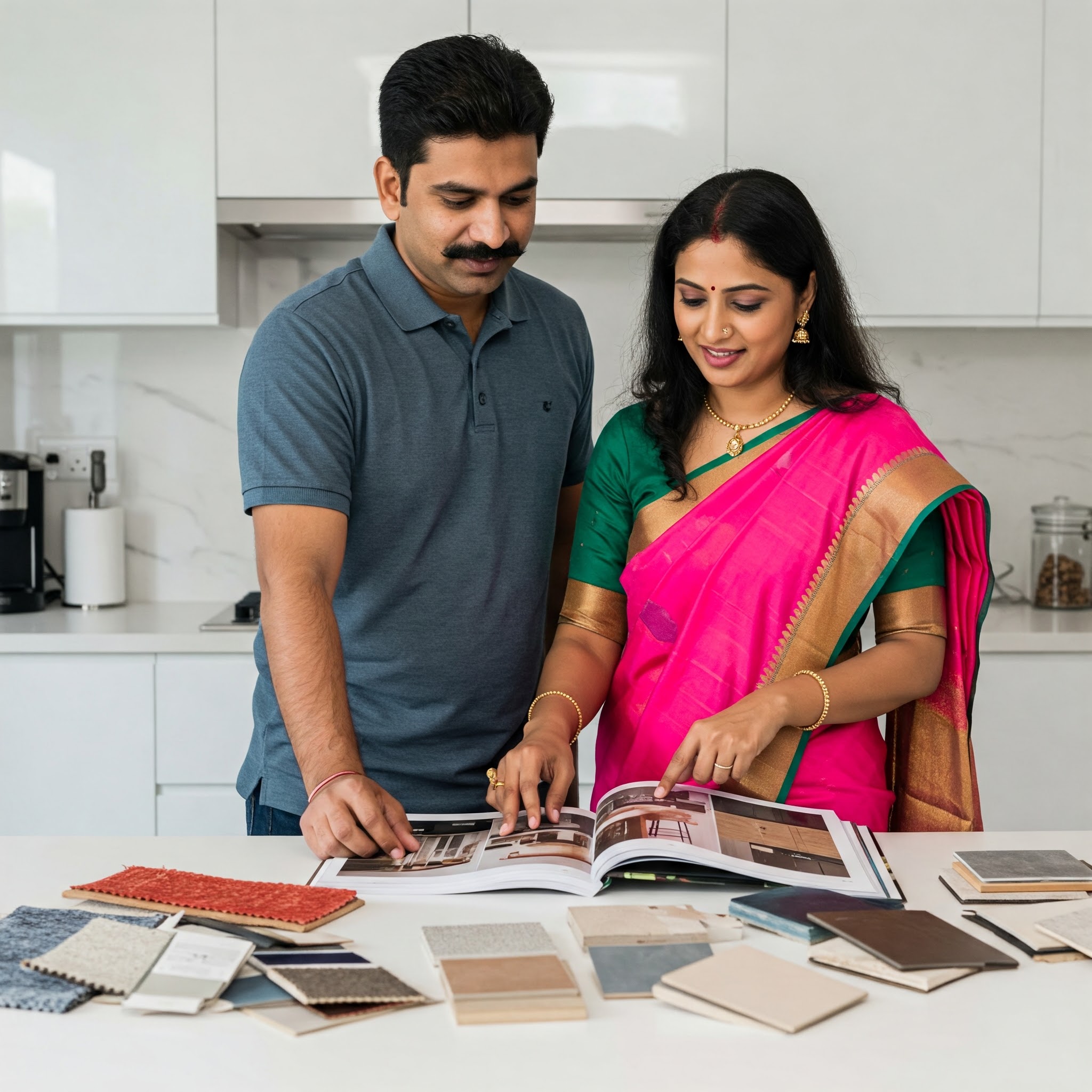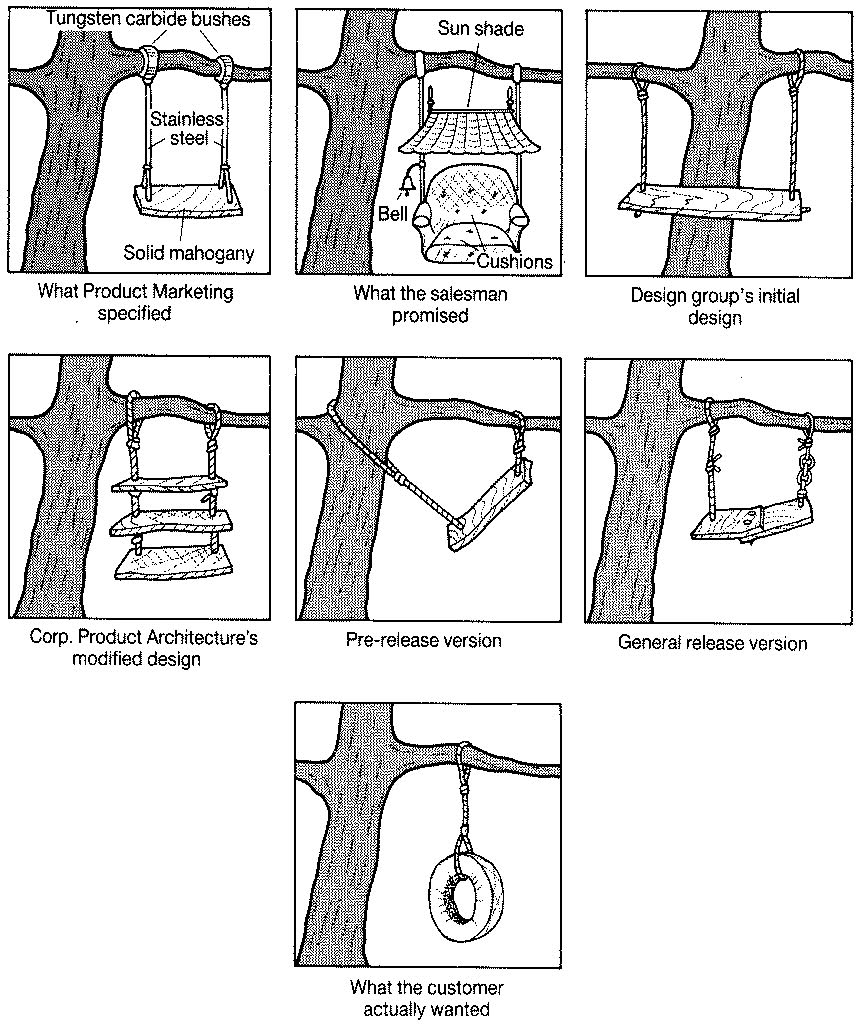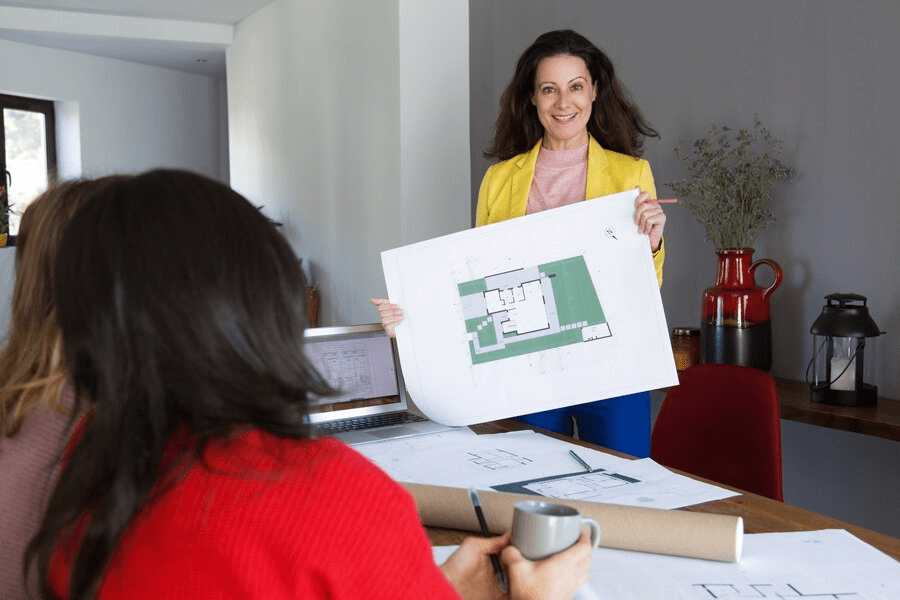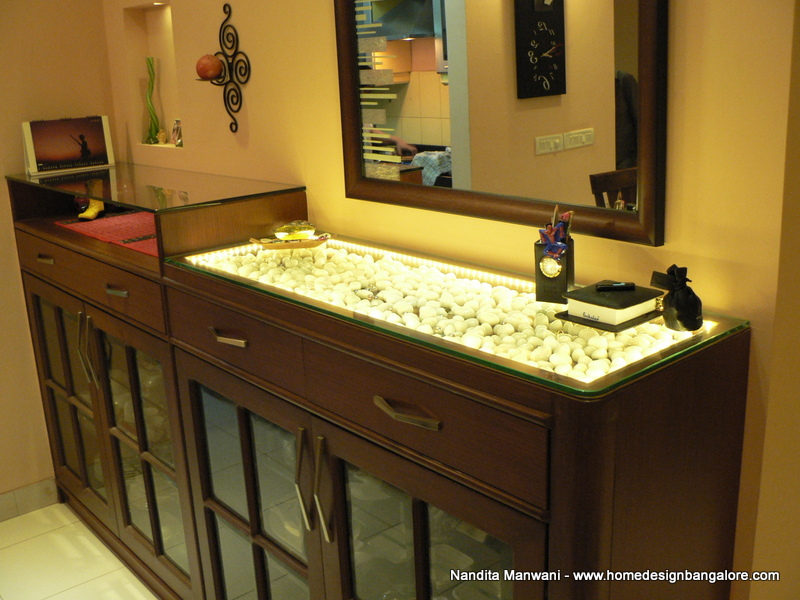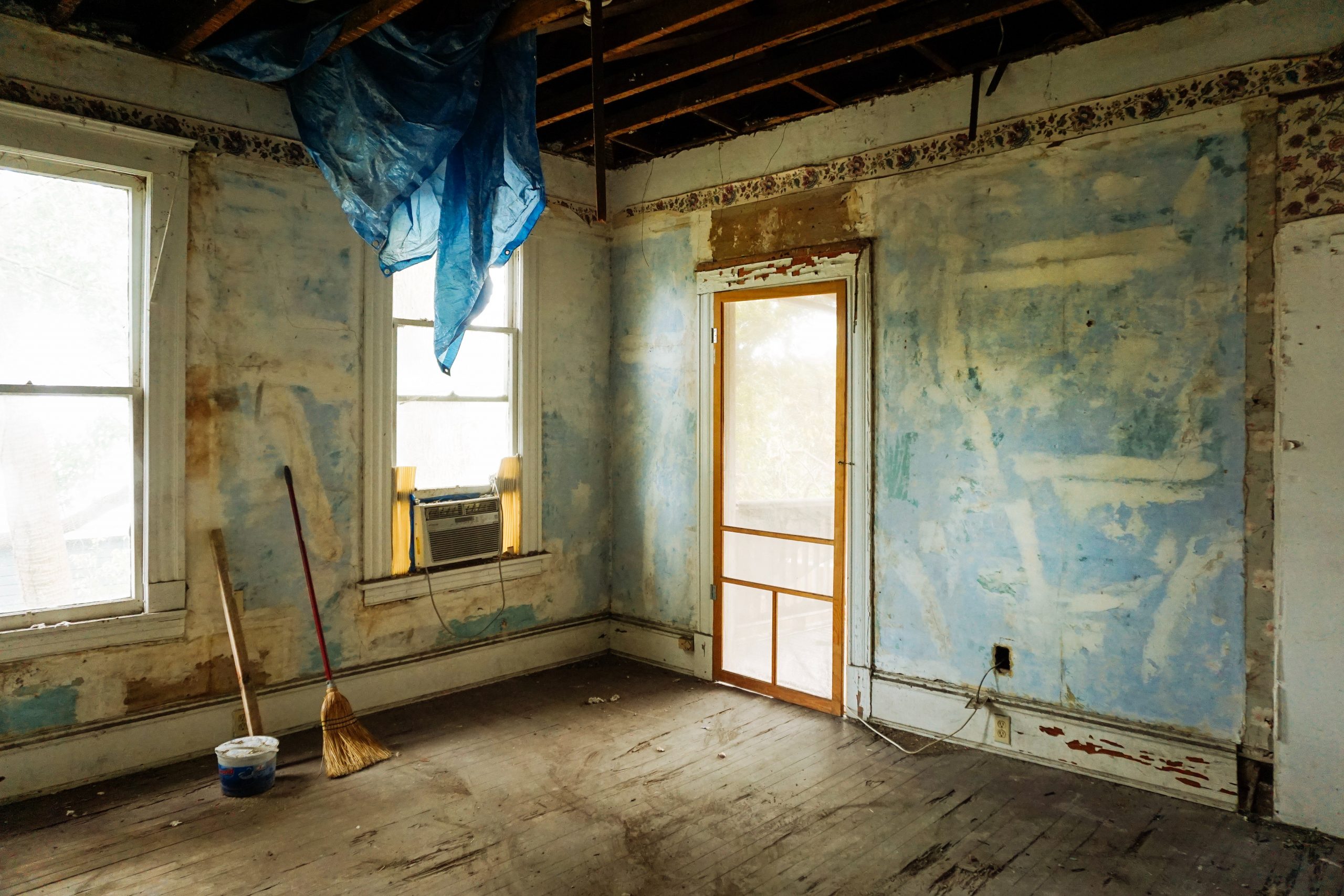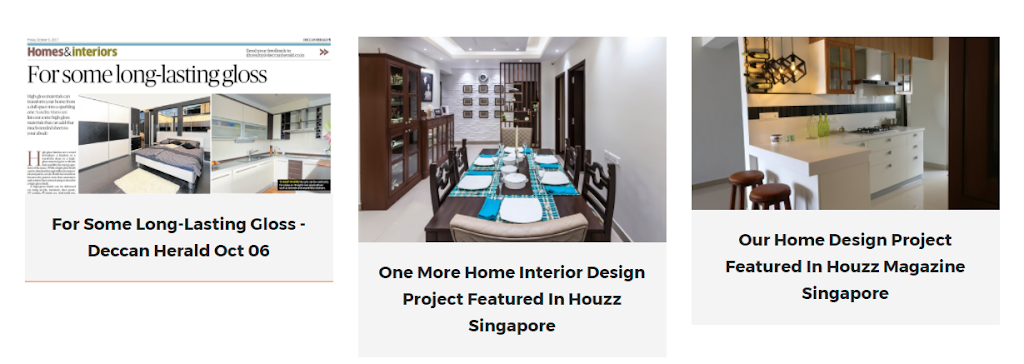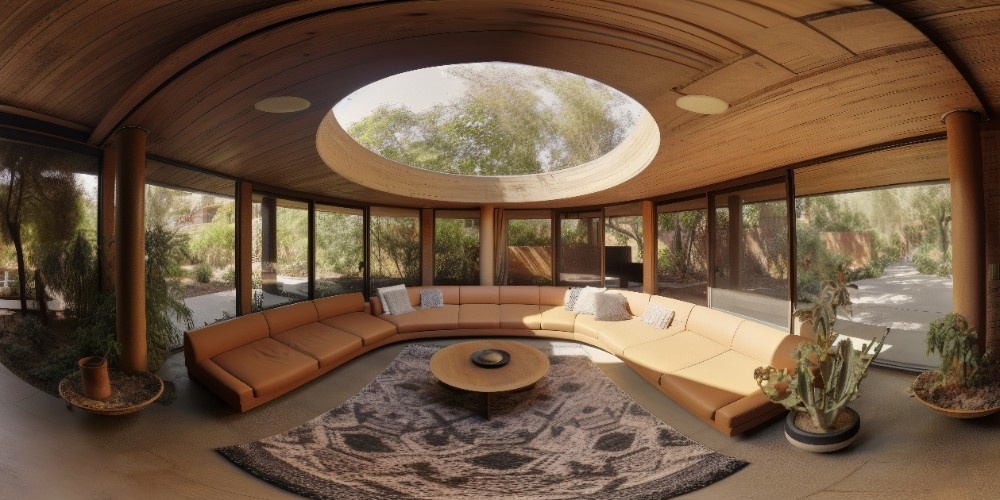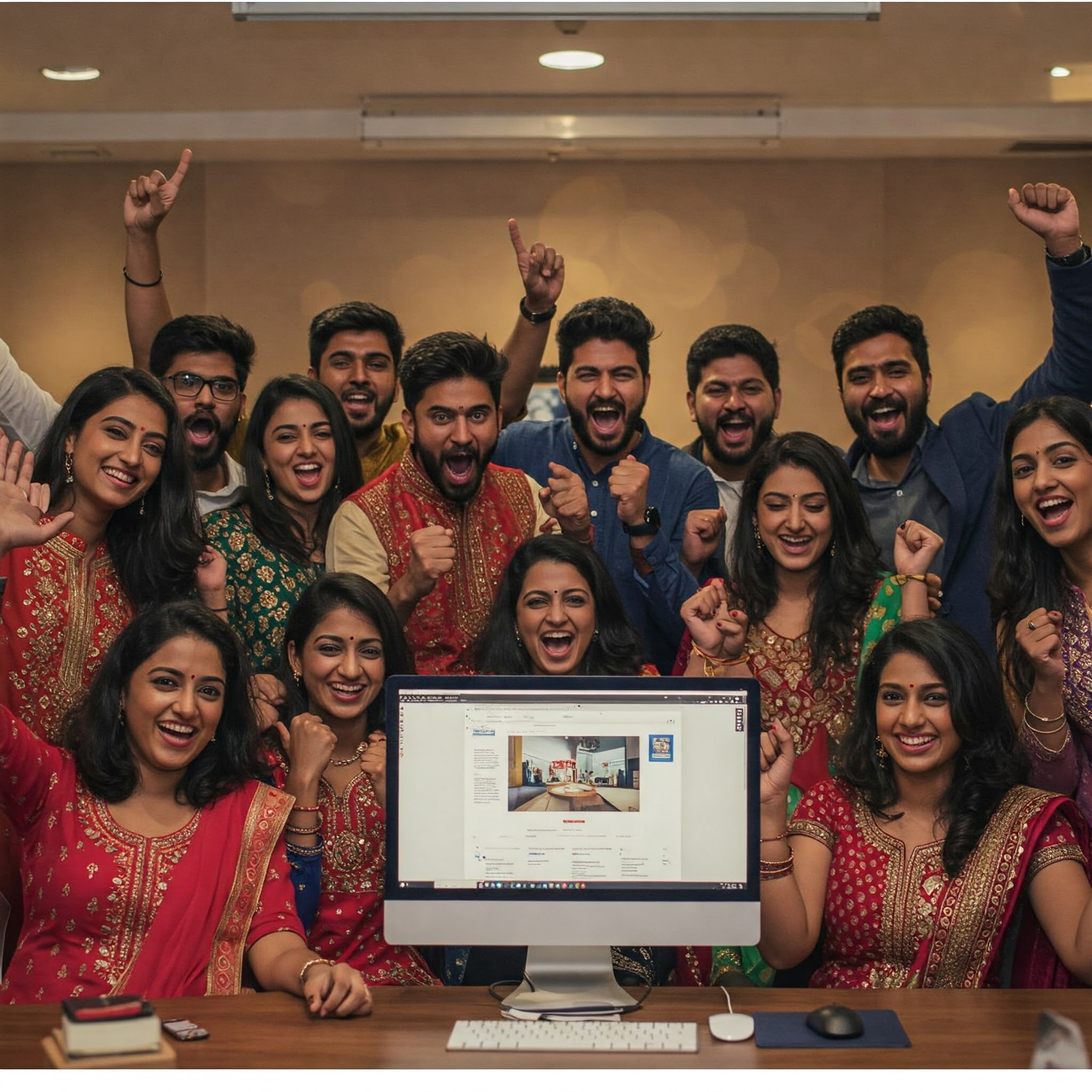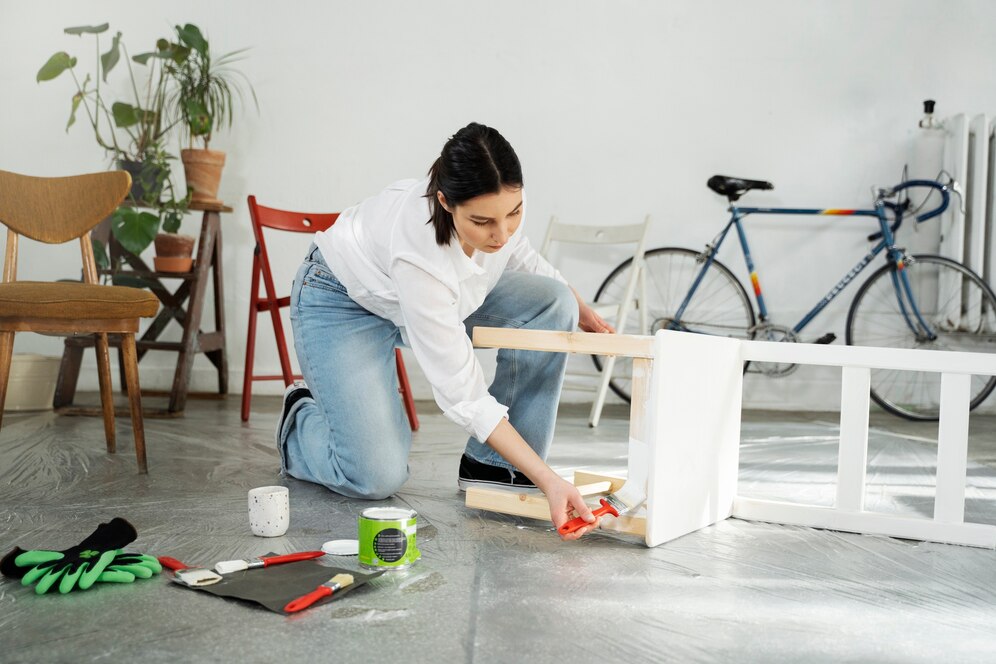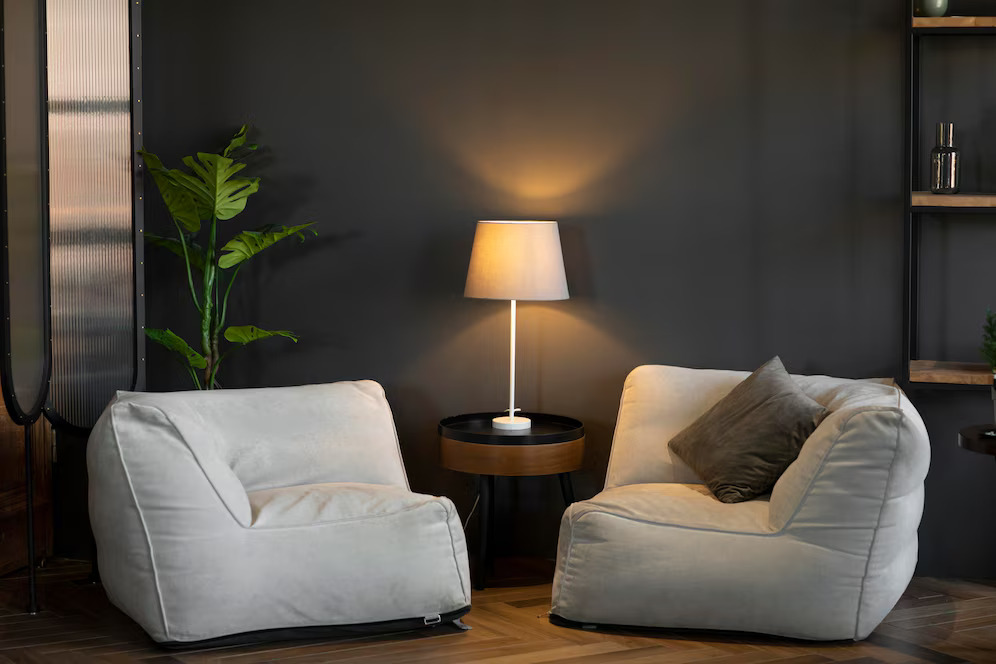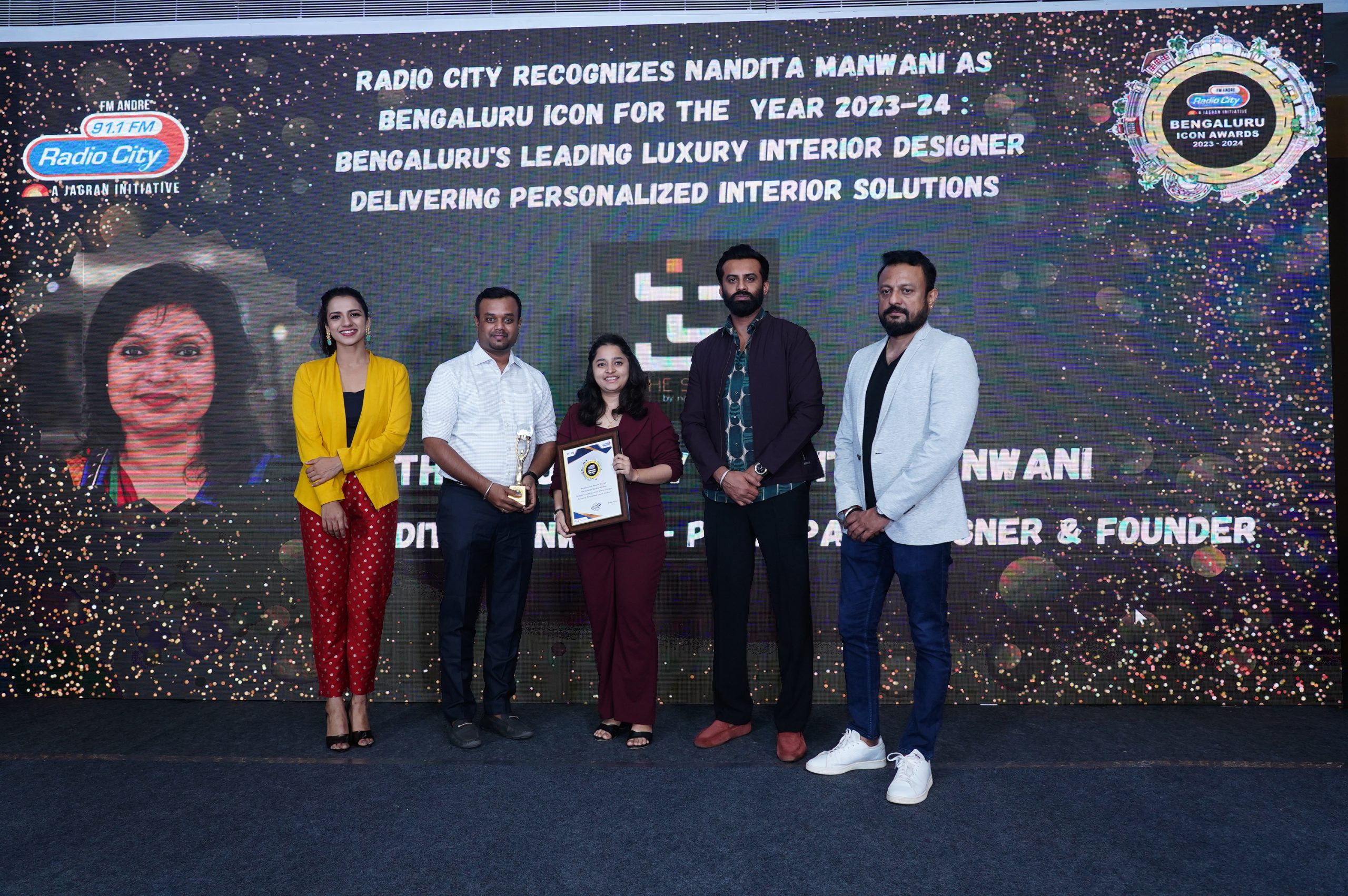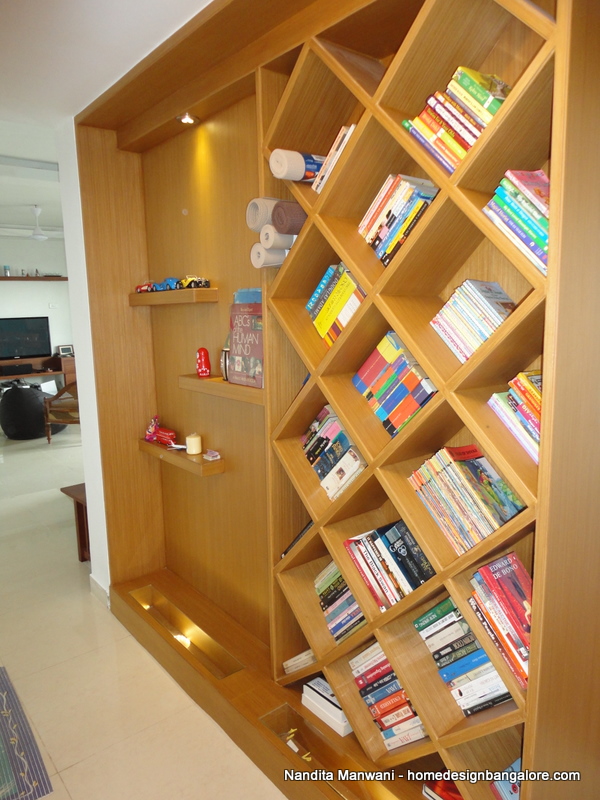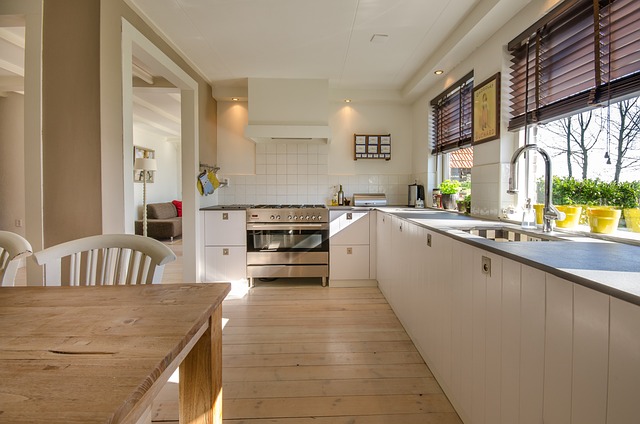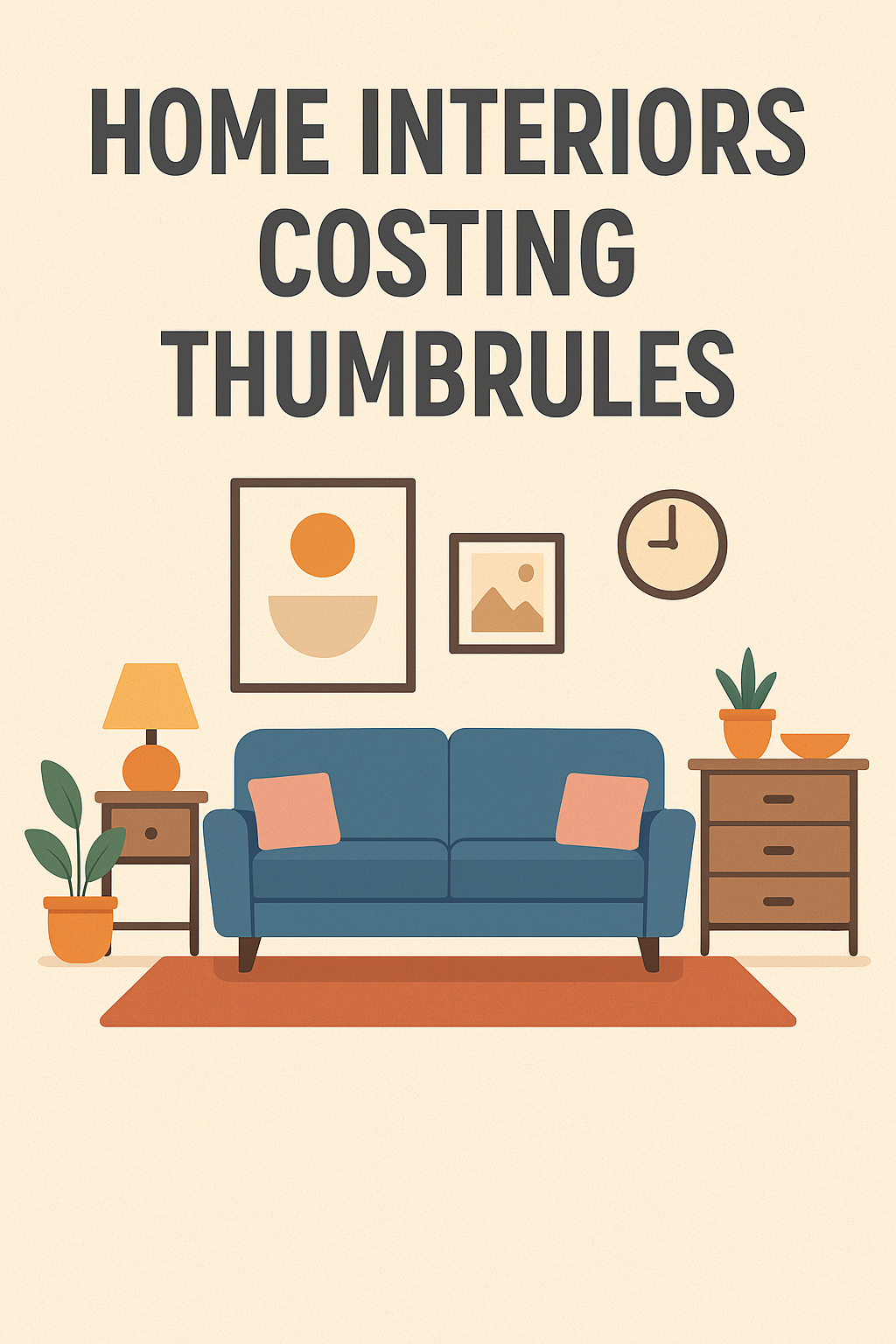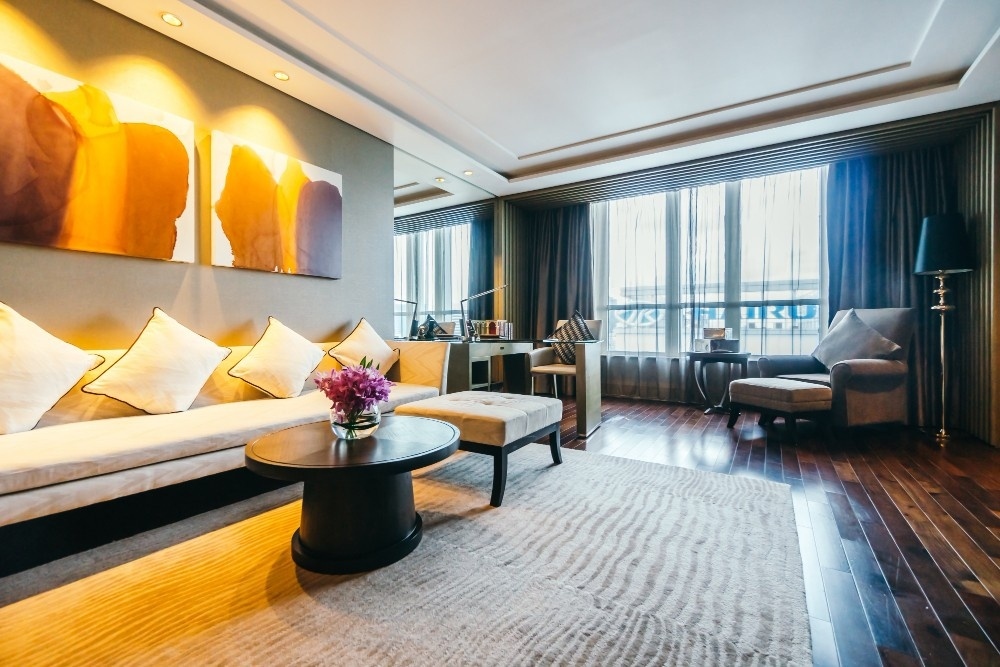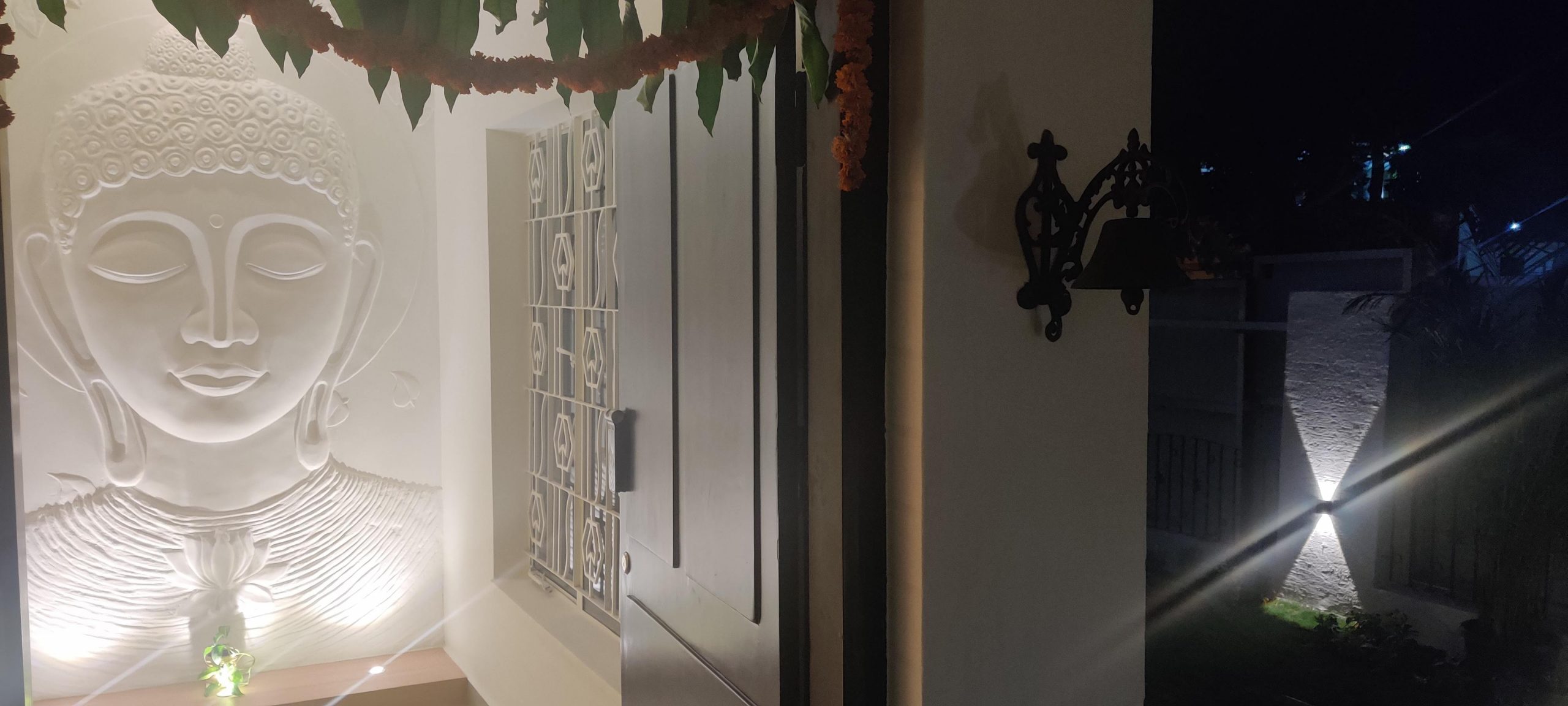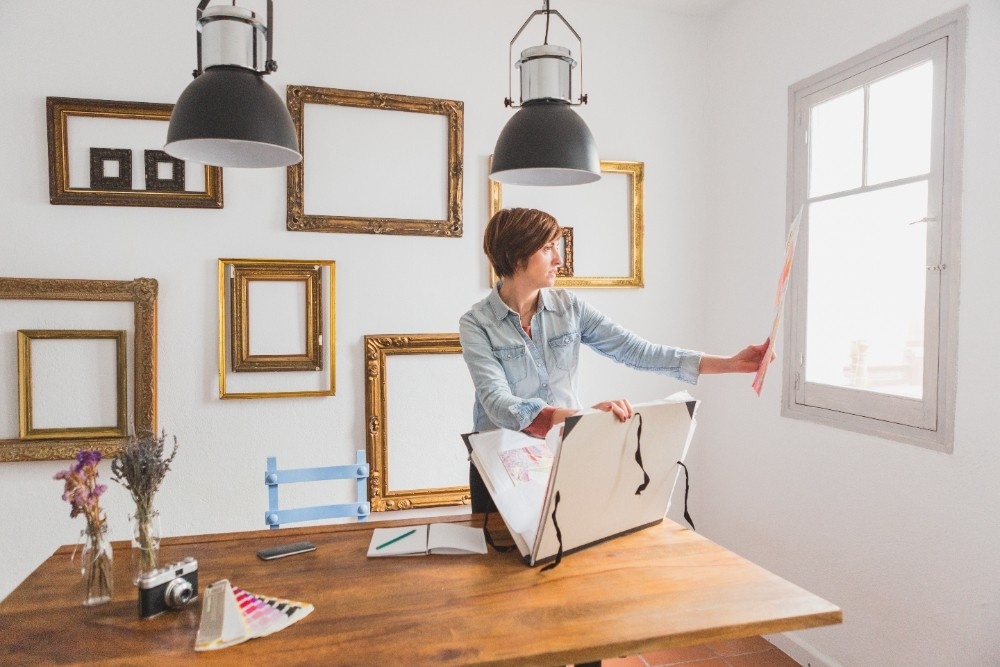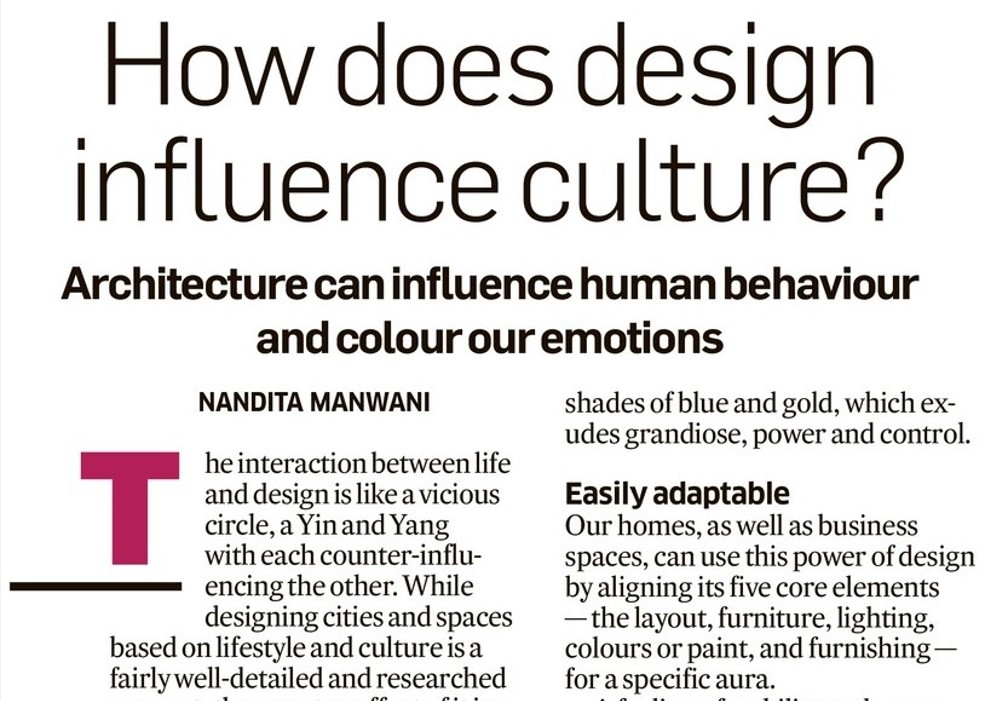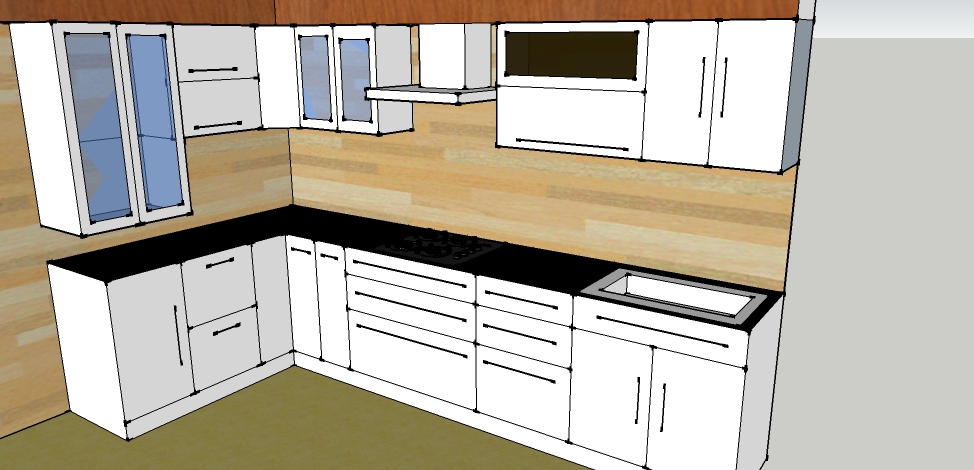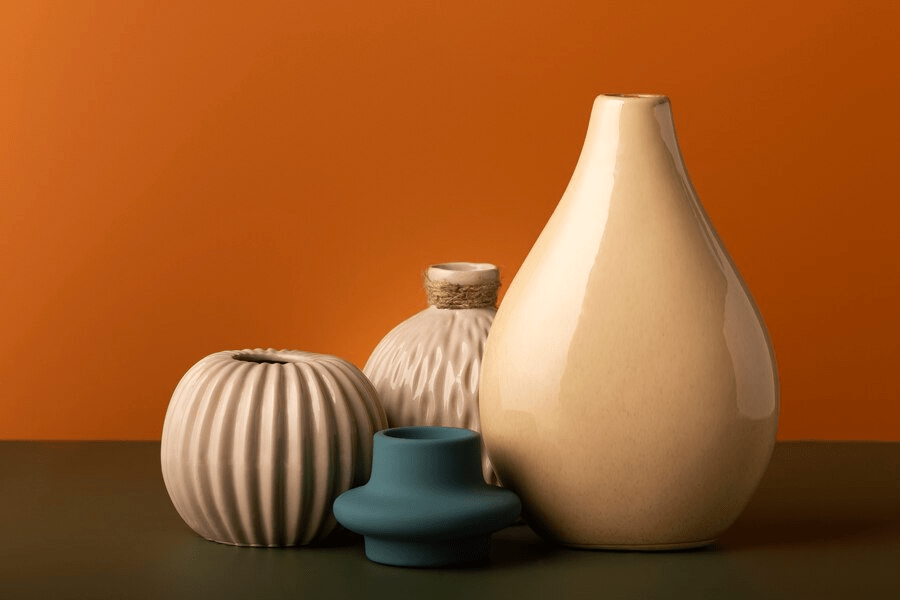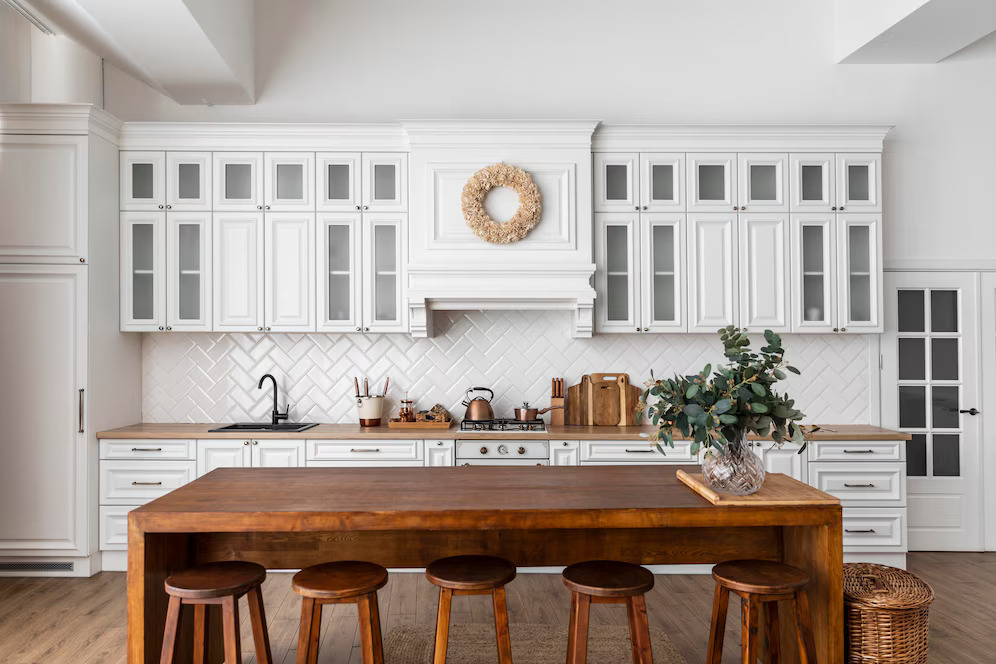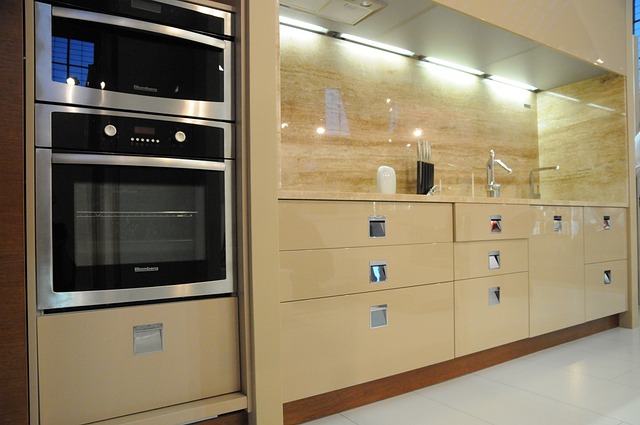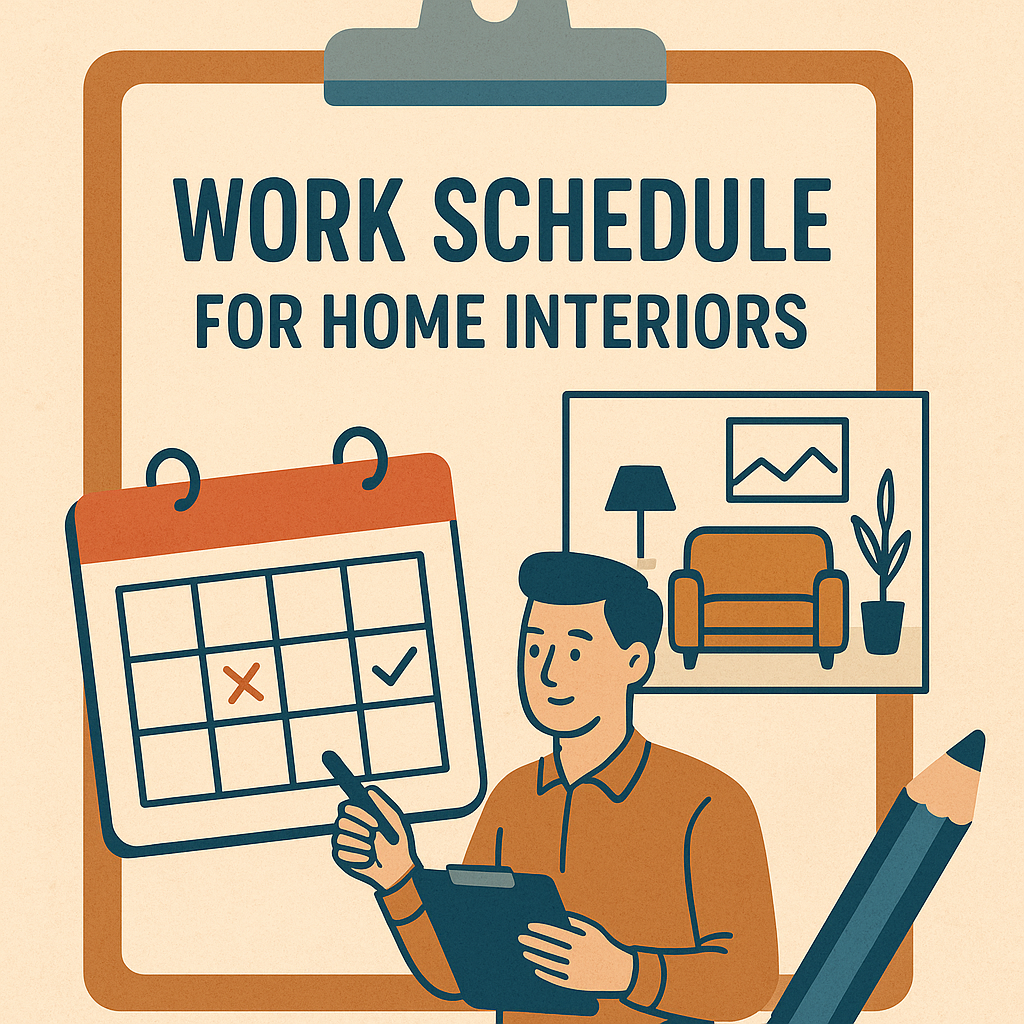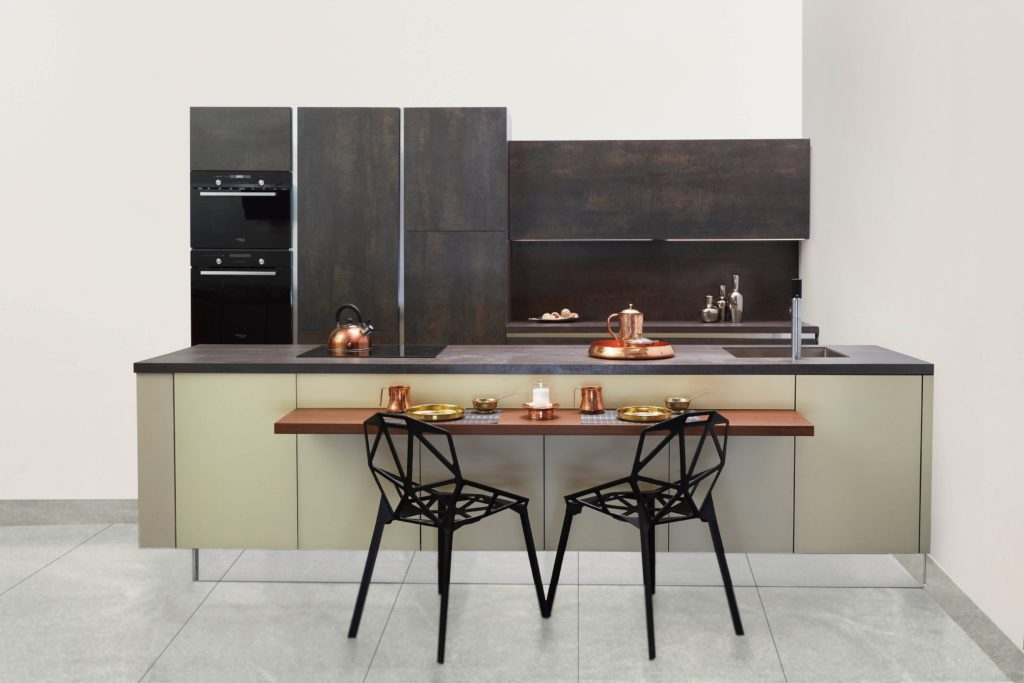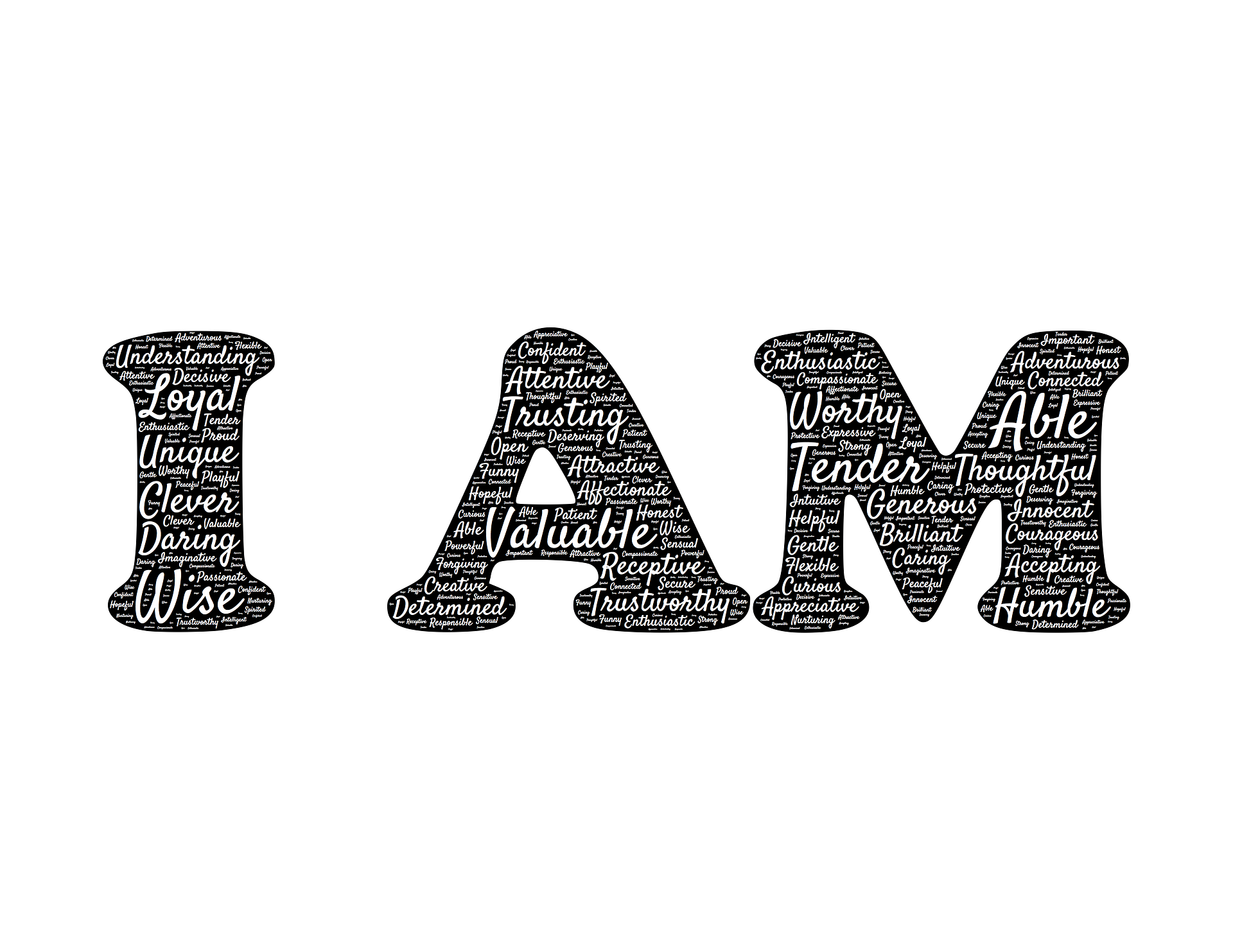Some time back a journalist with one of the newspapers had send me the interview questionnaire below for an article she was doing on what home owners should keep in mind as they look for an interior designer for their home. Excerpts of this interview did appear in the publication but as with all press articles, edited and misquoted, a number of key points we had discussed got missed out. I found this questionnaire in my computer while cleaning up and felt that with so many new homes in Bangalore coming up for possession, this information is something that most readers of this blog would need and appreciate.
As always will welcome your feedback and comments
Cheers
Nandita
PS: If there is a question you would like to ask then please click on “Leave a comment” on the left pane of this blog post. I go through each input that comes in from the readers and endeavour to respond within 24 hours.
1. How can an interior designer help home owners decide on the best designs for their home?
Most customers often equate interior design to good looking furniture & carpentry. In reality good design incorporates 5 elements, namely – Furniture, Furnishing, Lighting, Painting and Décor. A good interior designer helps weave these 5 elements around the life and lifestyle of the owning family – things such as hobbies, presence of elderly at home, grocery buying schedules, guest movement etc. to create tailor made, cozy and warm living spaces for the family. Hence when working with a designer one should expect more than just good carpentry and looks.
2. How crucial is the role of an interior designer while designing a home?
The crucial part really is the knowledge and skills that the designer brings in around the 5 elements described above and her capability to understand the lifestyle requirements of the family and build around it. In addition, since the interiors industry in India is still extremely unorganized with dearth of quality workmen, working with a designer helps as the designer brings in a qualified team of workmen, and a tested supply chain that minimizes chances of spurious material and work delays. That said, customers just looking for someone to execute pre-determined designs should avoid hiring a designer as the lack of creativity may lead to detachment of the designer resulting in poor quality work.
3. What factors must a home owner take in before selecting the right designer for their home?
When evaluating Interior Designers for their home, customers tend to compare cost estimates first, however estimates can be misleading and built on completely different assumptions. My advice is to first look at whether your wavelength matches with that of the designer, whether in your initial meetings you get a feeling that the designer will be able to create the positive living space where you would love to spend the next 8 – 10 years of your life. Second would be to look at whether the designer has dedicated workmen and skills to deliver across the 5 elements – Furniture (Woodwork) Furnishing, Painting, Lighting & Decor. Third would be to check for the extent of personal involvement of the principal designer for your project. Last, but not the least, your home needs to reflect your taste and lifestyle hence it is best to avoid choosing designs based on a set catalog from the designer or from the internet.
4. Where can home owners find the right interior designer? What are some of the essential research home owners must undertake before zeroing on the interior designer?
Profiles of nearly all designers are nowadays available on the Web, In addition there are aggregator websites like Houzz where most good designers showcase their work. Go through past projects and any published literature on the designer on the internet and find the ones that align to your taste. Schedule an initial meeting with the designer to discuss the his/ her approach to interior design and determine whether there is a match of wavelength – something that we discussed above. Also check what material they will use to execute the work within your requirements and budget
5. As collaboration is key in any field, how can the interior designer and the home owner work together to make the design come to life?
Absolutely, any turnkey interior project involving design and execution requires a fair amount of dedication and time from the designer and lifestyle inputs from each member of the home owning family. Keeping customers engaged during the design process helps in aligning their needs with the final outcome which ensures that there are no last minute surprises. Building a home is also a very personal experience and something that families do only once or twice in their lifetime, hence it is important that it comes out right for the family. It is therefore important that the designer interacts with the specific member of the family who would occupy a given space in the home, for example for the kids room it is important to talk to the kids to understand their hobbies, similarly for homes with live in parents a discussion with the elderly is necessary to discuss special needs due to their age or state of health.
6. What are some of the first things that home owners must tell their interior designer before moving ahead with planning the designs?
In the first discussion it is important to communicate a clear budget one has planned for the interiors as that helps driving a focused discussion on the options and next steps. It is also important that the designer knows your lifestyle and tastes, hobbies, the kind of white goods that one plans to have at home etc. This is critical input that helps the designer tailor-make the home around your requirements. Lastly it is important to inform the designer one’s own visualisation and theme of the home, such as Whites – (Contemporary/ Straight Line Theme) , Browns (Victorian/ Classic Theme), Grey (Zen Theme), Blue (Aqua Theme), etc. so that the designer can build around it saving multiple design iterations and time.
7. Similarly, is there anything that interior designers must inform home owners?
Yes, the designer needs to clearly articulate their own design style, the material that he/she plans to use for the interiors, the payment schedule, the milestones on which joint inspections would be done, how the designs will be shared – will these be in 3D or 2D and what input is expected at which stage from the customer
8. How does the designing process go about?
Below is the typical design engagement procedure for a residential Interior Design project
Complete site measurement —> Detailed Requirements Gathering (Needs/ Taste/ Lifestyle) —> First level designs in 3D —> Design Walkthrough —> Second Level & Final Design —> Design sign-off —> Begin Execution.
9. What are some of the misconceptions that people have about approaching an interior designer? How can it be overcome?
A) Most people believe that interior designers in Bangalore and elsewhere are expensive and that they will not be able to afford one. Given realistic budgets and expectations almost everyone can afford to get their home done by a designer. A designer also brings in explicit expertise to fine tune your thoughts and specialist workmen to ensure that those thoughts end up as matching output. Also the fact that you ride on the supply chain efficiencies of the designer will ensure genuine material, timely execution and lower cost
B) The second misconception that home makers have is that Interior designers do not take customer’s needs into account and force showcase designs on customers, not in line with the customer requirements: This has been a historical issue in the interior design industry where designers have sometimes gone overboard forcing their own taste and the desire to showcase their creativity against the needs of the customers. On the other hand, some customers prefer and more than happy to have their homes designed as a designer’s showcase. Customers hence need take a judgement call during the initial meeting and have an open discussion with their prospective designer and decide accordingly
C) One of the biggest misconceptions and something that has prevented good design going mainstream is the belief that Interior design is glorified carpentry and one can himself/ herself do the designs or copy designs from the internet and get these executed through a carpenter or give these to the designer to execute. Do not appoint a designer if you are looking just for execution of pre-determined designs, good designers need a fair amount of flexibility for the sake of the home makers’ own benefit as well as a creative giveback from each assignment.
D) Lastly with the Modular Furniture revolution in Bangalore, (you will find a modular kitchen shop nearly every 200 meters in Bangalore) a lot of folks believe that interior design is about modular furniture. As we discussed above, the field of Interior Design encompasses the five elements of Furniture, Furnishing, Painting, Lighting and Decor and good design requires deep understanding of the customers’ taste, lifestyle and needs to create warm, friendly & customised living spaces
10. How important is a well-thought out design for a home? Could you give some tips on how a good design can be made?
A well-designed home can be life changing for the residing family. Good design not only helps enhance the mood and positivity of a given space but also ensures that the occupants to live comfortably and safely. As an example, child friendly and elder friendly designs can help prevent injury and fall that, for the elderly, can cripple self-esteem and longevity. Good design helps create a certain living culture and a feel within the home that stays with the occupants throughout their life.
